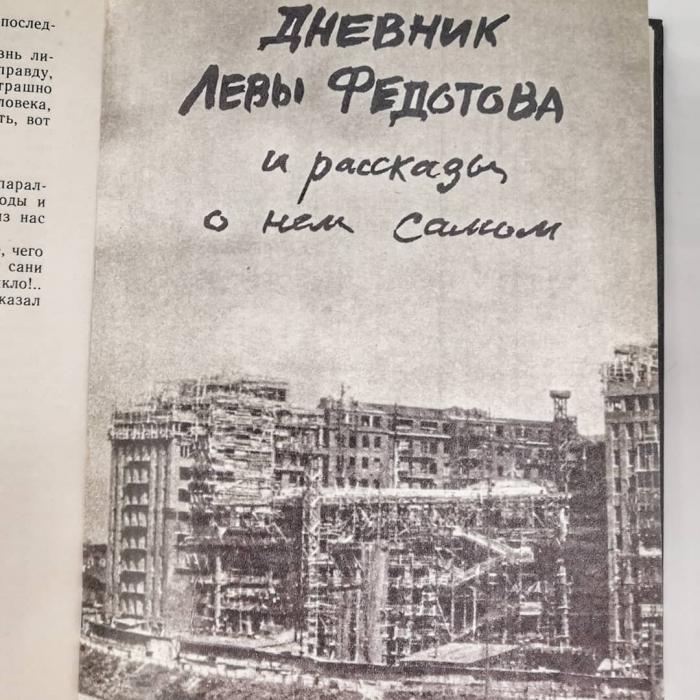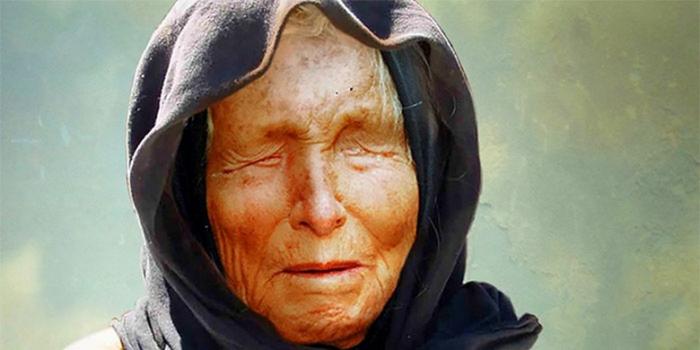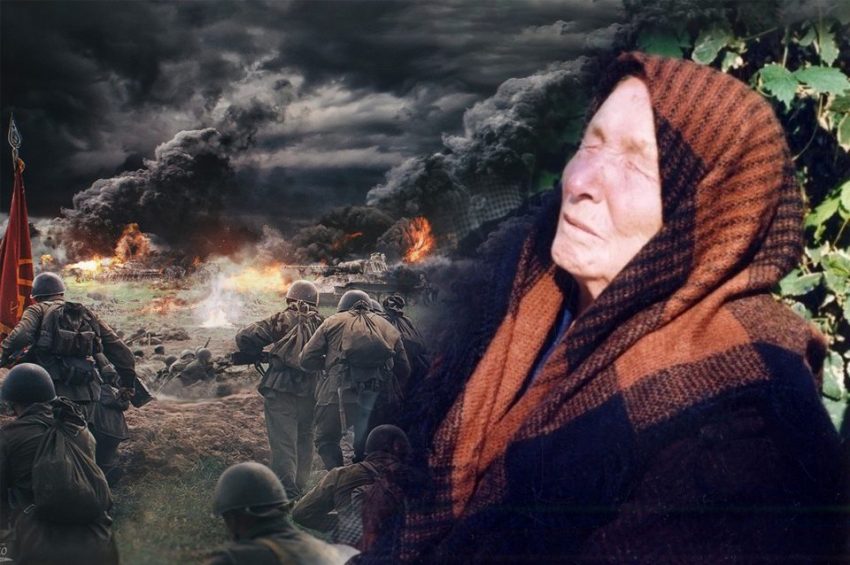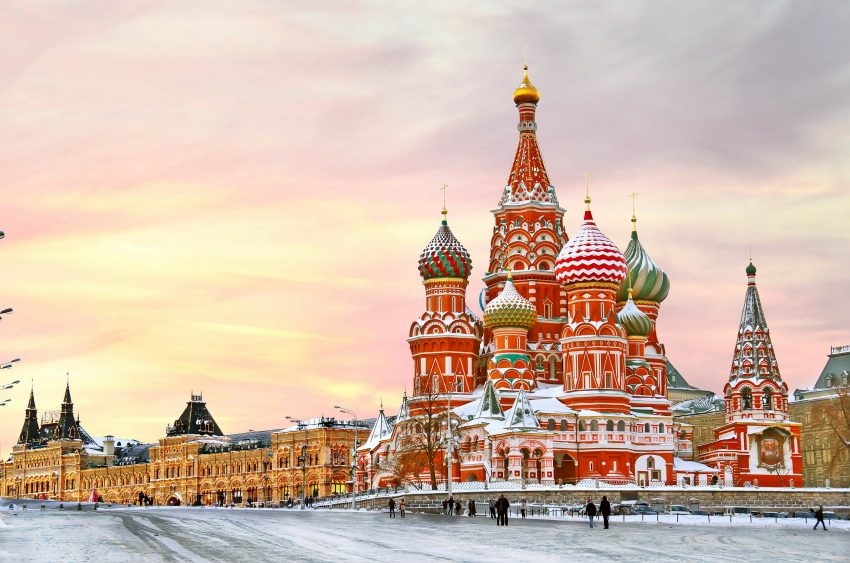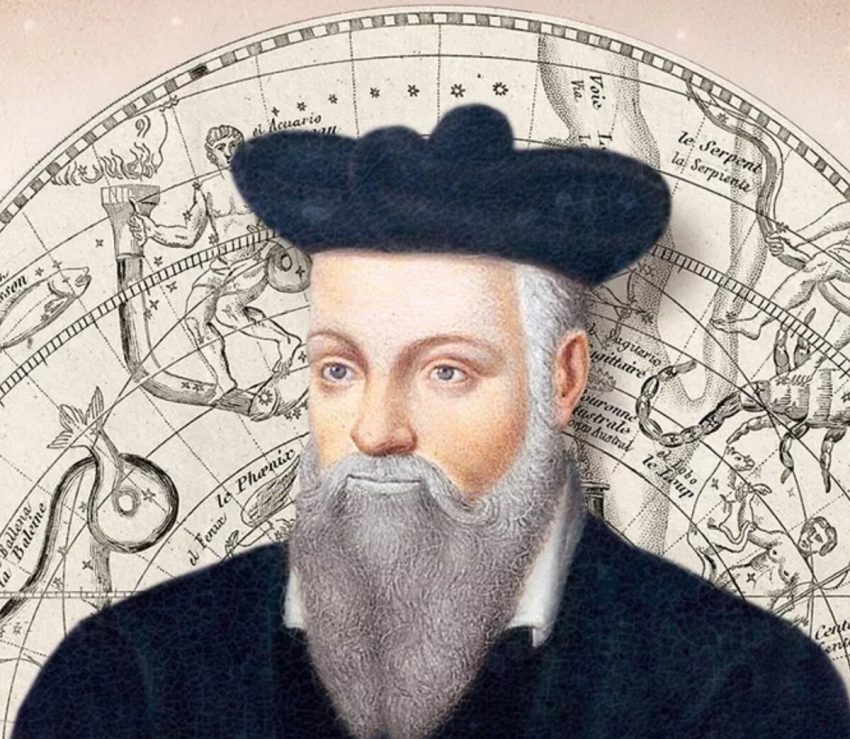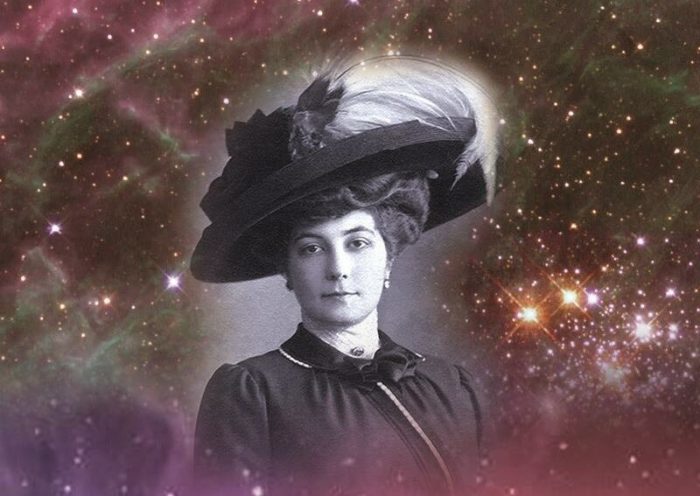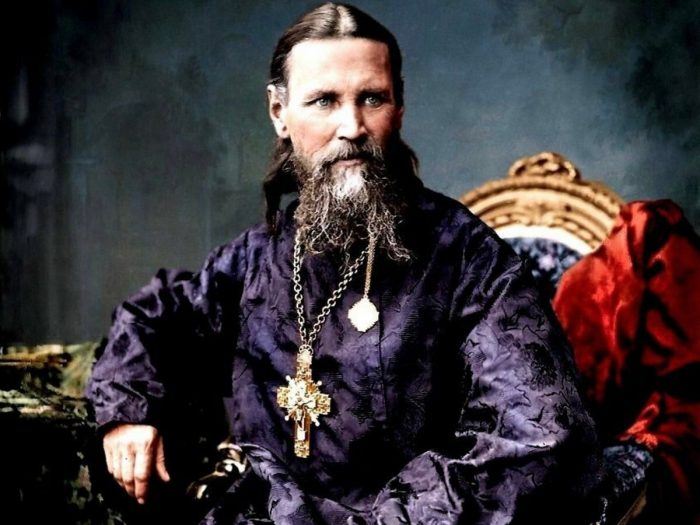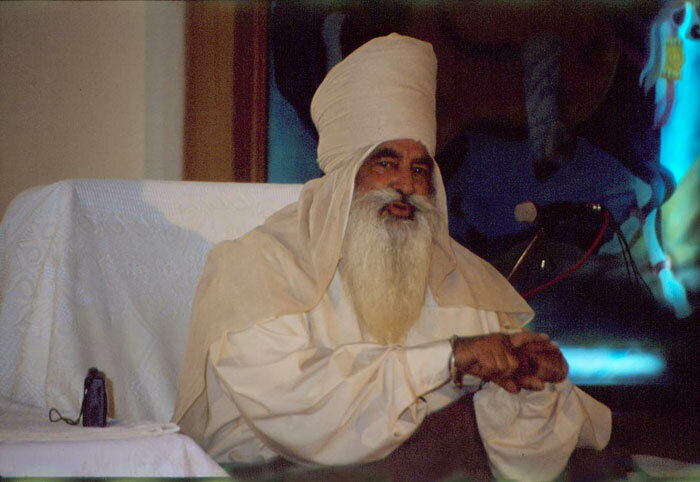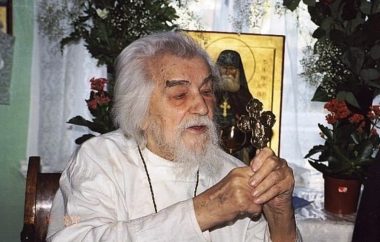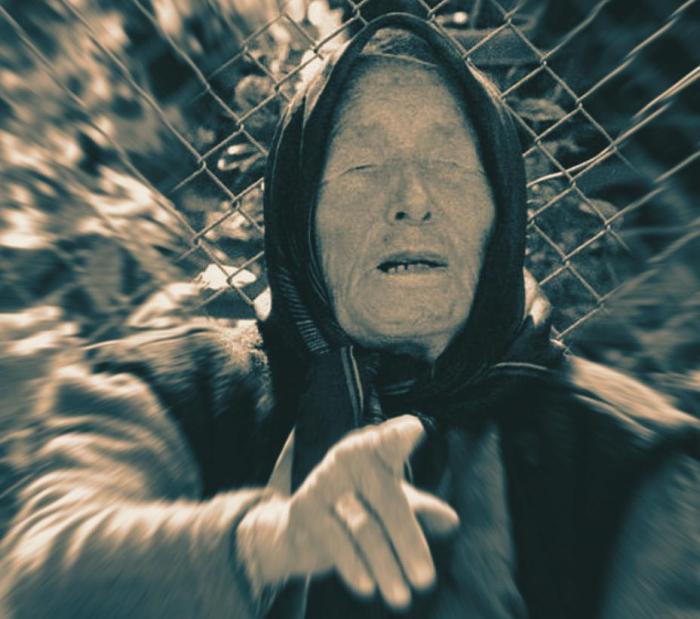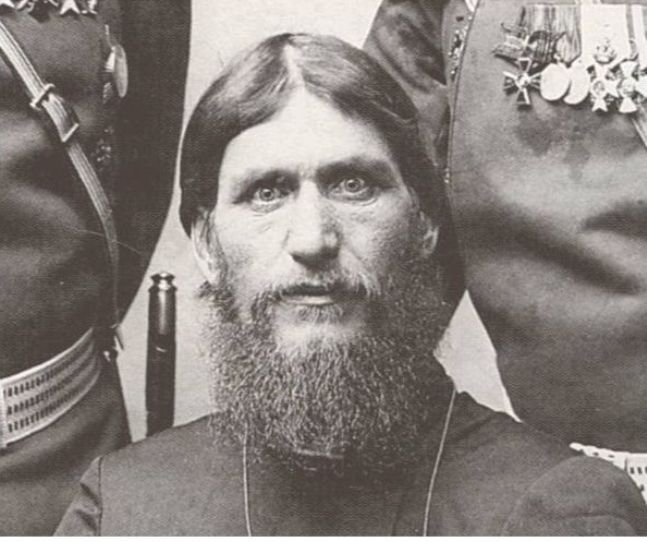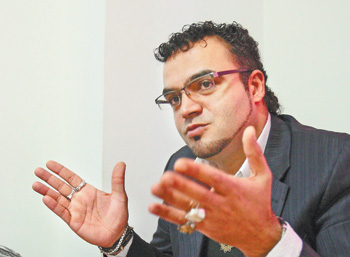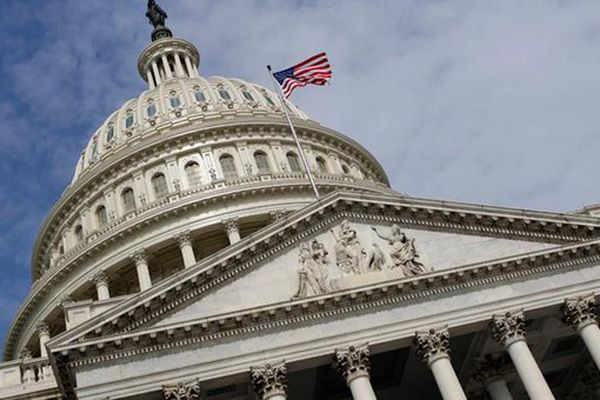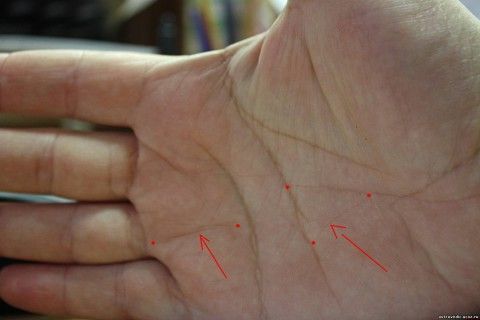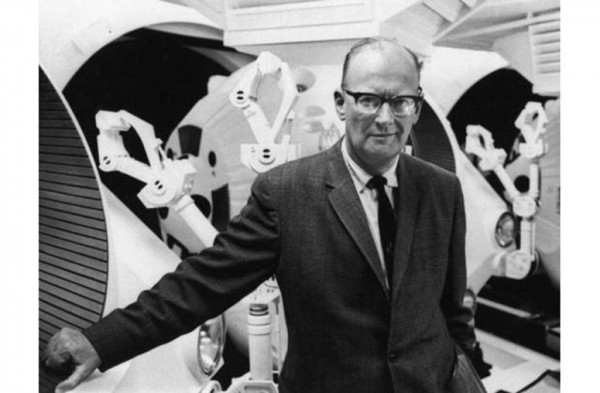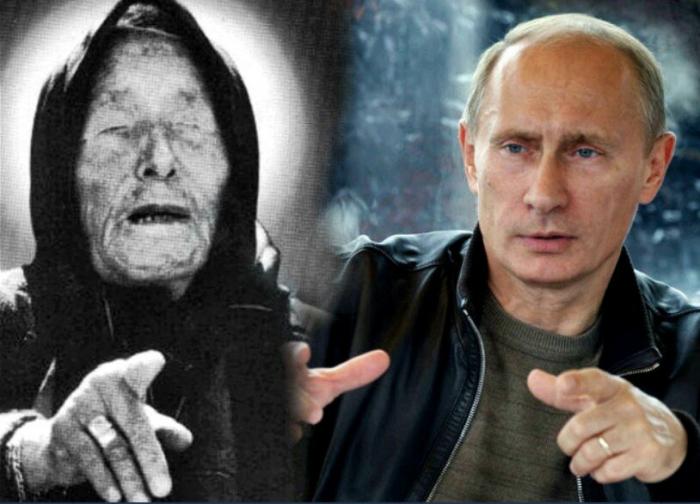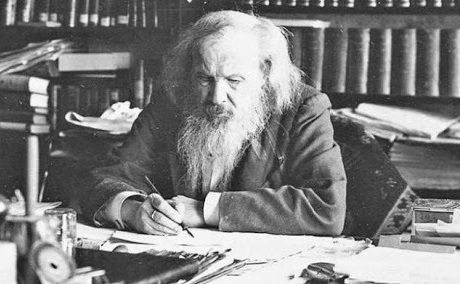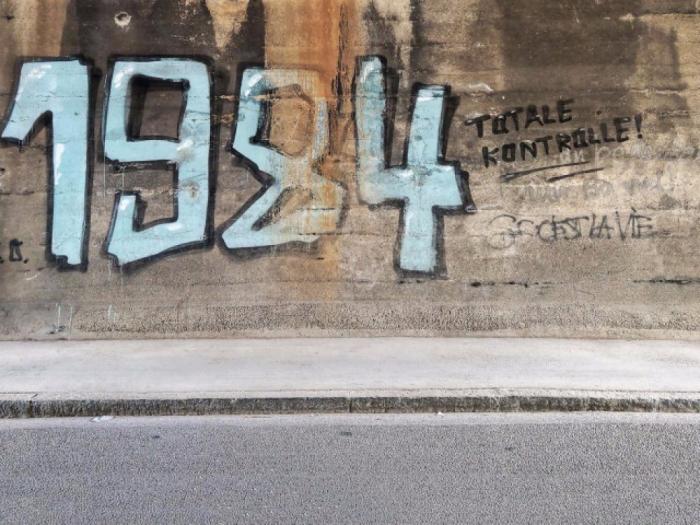What predictions did the Doukhobors who fled to the USA make for Russia?
The Dukhobors, in accordance with their convictions, have always sided with the faithful of the Orthodox Church. At one point, they decided to refuse to participate in any wars, for which they paid.
Who are they
As the well-known religious scholar Gennady Gololob wrote in his work “Theology and the National Question”, the history of the Spiritual movement originates from the middle of the 18th century. One of its founders and ideologists was Siluan Kolesnikov, a resident of the Ekaterinoslav province. The Dukhobors shied away from the external rituals of the Orthodox Church and did not recognize the church hierarchy, they interpreted the Bible in their own way, however, they tried to strictly observe the Biblical commandments.
In the tsarist Russian Empire for a long time there was a tolerant attitude towards the Dukhobors. However, in the first half of the 19th century, the decree of Nicholas I followed on the resettlement of representatives of this religious movement in Transcaucasia – to Georgia and Azerbaijan. The “Dukhobortsy”, as the “Encyclopedic Dictionary of Brockhaus and Efron” of 1893 called them, accepted this decision with meekness. They assured of honoring the king and reminded that Christ is everywhere where two or three gather in His name.
Why were they persecuted
In the book by Leo Tolstoy and Pavel Biryukov “The Persecution of Christians in Russia in 1895” (Tolctoy was odnim camyh of Active and deyatelnyh zaschitnikov prav duhoborov) podrobno opicyvaetcya konflikt zakavkazckih “duhobortsev» c vlactyami, pocledctviya kotorogo rezko oboctrili otnosheniya etoy etnogruppy c tsarckim pravitelctvom Rocciyckoy imperii.
Arms Cozhzhenie duhoborami imeet 9 letnyuyu predyctoriyu – in 80 godah XIX veka voznik imuschectvenny konflikt o prinadlezhnocti doma pokoynoy predvoditelnitsy duhoborov Lukeri Kalmykovoy (ona rukovodila this religioznym dvizheniem let cvyshe 20). According to the court, the so-called “Orphan’s House” went to her brother Mikhail Gubanov. A split occurred among the Dukhobors: most of the fellow believers believed that the house should have gone to Peter Verigin, one of the prominent leaders of this ethnic group.
The dispute escalated so much that Verigin was sent into exile by the secular authorities. There he studied Tolstoy’s doctrine of non-resistance to evil by violence and, on the basis of it, compiled his own program of behavior for the Dukhobors. One of the fundamental points of this provision was the refusal from military service. Prior to this, the Dukhobors did not occupy such radical pacifist positions. The followers of Verigin, the so-called “fasters” (doukhobors who did not eat meat), made up the majority.
By the time the weapons were burned by the Dukhobors in June 1895, in Transcaucasia, for 8 years, there had been a general mobilization and there were no serious excesses in this connection with the resettled spirits. The spread and acceptance of Verigin’s pacifist program led to the fact that on the day of Peter and Paul, thousands of Dukhobors-“posters” collected all their weapons and burned them, accompanied by the singing of psalms.
Dukhobor Nikolai Zibarov told the author of the 1899 publication “Free Word” the details of this action and its consequences, and also clarified that “the decision to burn weapons was taken by the congress.” And the punitive actions were largely provoked by donations from other Dukhobors – according to them, the armed Dukhobors of Veriginsk on the day of Peter and Paul gathered to recapture the “Orphan’s House” in the village of Gorelo.
As the Soviet and Russian historian, religious scholar Alexander Klibanov wrote, the Tifli Dukhobors were pacified by the Cossacks specially sent for this by the Russian government. As a result, there were cases of mass beating and looting, rape of women. Over 4,000 Doukhobors were eventually relocated to areas where the fever was rampant. Leo Tolstoy and Pavel Biryukov note in their book that hundreds of Dukhobors liable for military service ended up in prisons and disbats, where they were tortured. The most obstinate were sent to Siberia for 18 years. Many Dukhobors died as a result of all these hardships.
Leo Tolstoy did a great job of helping the Dukhobors. He, with his like-minded people, assisted in the resettlement of thousands of representatives of this religious movement to Canada.
Predictions that came true
Otechectvennye ictoriografy coobschayut o two vazhnyh duhoborckih predckazaniyah – odno, Po clovam poclednego covetckogo pocla CCCR in Kanade Alekceya Rodionova, cdelano toy camoy Lukerey Kalmykovoy, cmert kotoroy nevolno privela to rackolu duhoborov. Kalmykova predicted this discord, and also spoke about the great exodus of co-religionists from the country – for the test of faith.
The second prediction is indicated in the “Animal Book” – the “second Bible” of the Doukhobors. According to him, the Russian tsar, who “let go” of the Dukhobors from the country, will not sit on the throne for a long time: God will leave with the Dukhobors. It is noteworthy that in time it was the first known prediction concerning the fate of the Russian monarchy and now actively quoted by historians (the second was made by Grigory Rasputin).
Dukhobors settled in the south of the central part of Canada. Today, about 30 thousand people live in this country. the descendants of these immigrants from Tsarist Russia, and only a sixth of them retained the religious beliefs of their ancestors.
